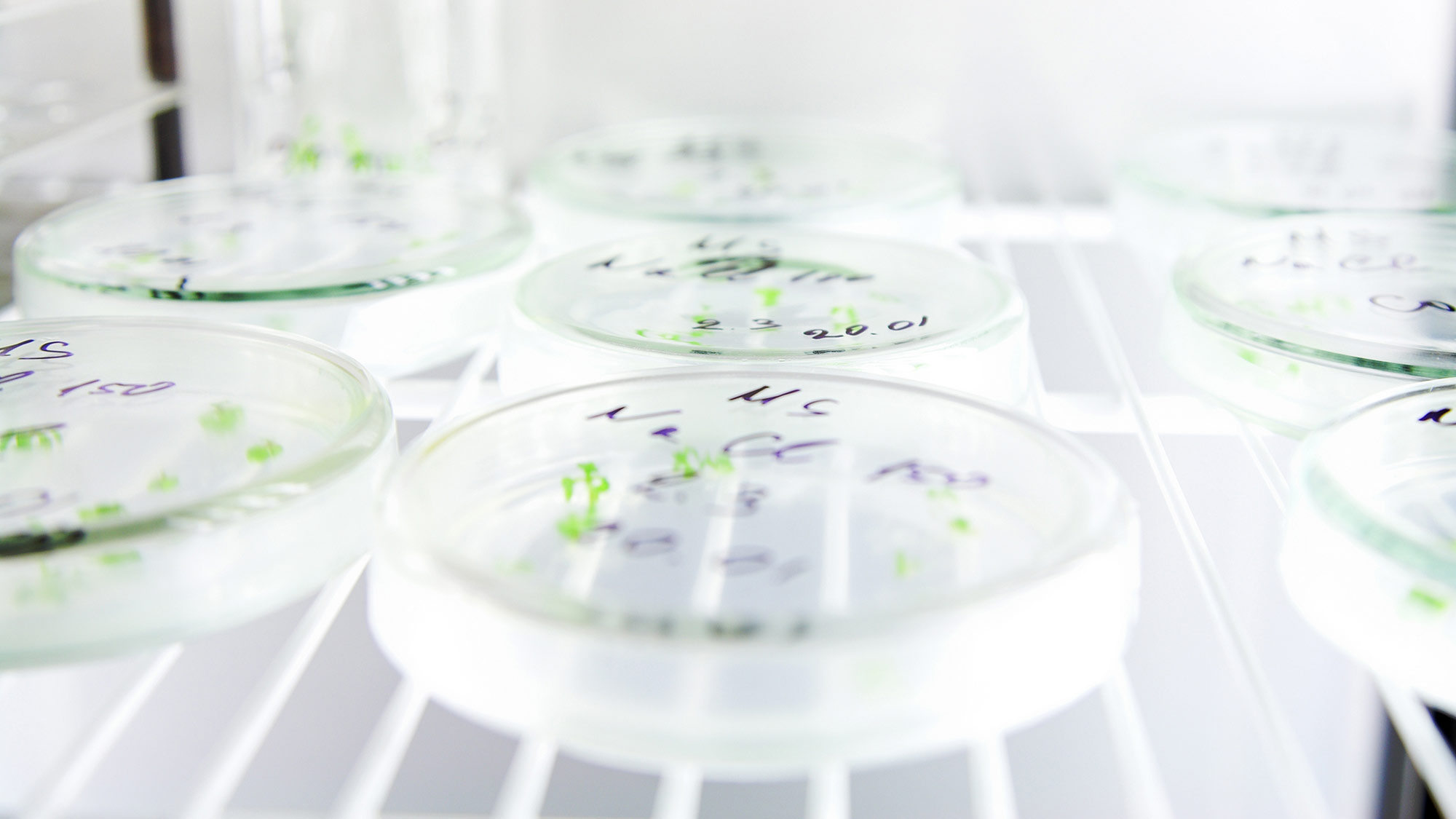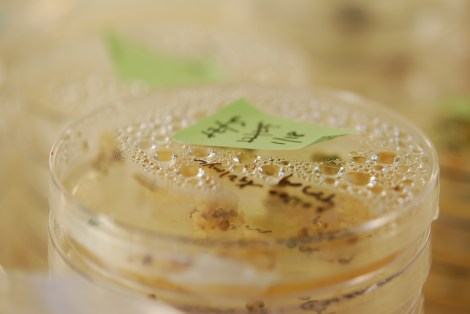This is a slightly unusual end-of-the-year list. Instead of a selection of the best or worst news over the year, this is simply a bullet-point summation of what I’ve learned about GMOs in 2013.
When I started this series, I proposed to cut through the debate by finding the facts that both sides agree upon. I also proposed to do this (back in July) “over the next few weeks.” Ha. Not only has this taken me much longer, I’ve also learned that this controversy has turned into something resembling trench warfare, where the two sides refuse to agree on anything, lest they give up an inch of their hard-won position. So I don’t expect everyone to agree with the list below, but I do expect that reasonable people on both sides will concede (if only under their breath) that the bulk of the evidence leads to these conclusions.
As I’ve dug into this over the past six months, I know I’ve provided more detail than all but the most fascinated readers really wanted. In this list, therefore, I’ve aimed for brevity. If you want more nuance I’ll include links to the longer stories, which, in turn, contain links to even more technical scholarly articles, not to mention a detailed dissection of my every sentence in the comments.
I’ve heard that GMOs are totally unregulated, is that true?
Nope. In the United States, GM food is regulated by the USDA, the FDA, and the EPA. The FDA process is technically voluntary, but every creator of GM food has opted to jump through those hoops, so it’s voluntary in name only. Genetically engineered foods are regulated much more heavily than many other new technologies, including other modes of genetically modifying crops, like mutagenesis.
Caveats: The regulatory process is not transparent — you can’t just go on the web and look up the tests that have been performed. And non-food plants may escape regulation, as was the case in this instance.
More nuance here.
Do the big seed companies prevent scientists from doing research on their patented plants?
They used to. Not anymore. I’ve been asking university scientists if they’ve run into restrictions, but the system seems to be working.
More nuance here.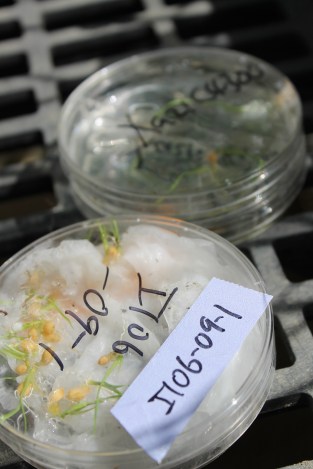
Are there dangers for scientists working on genetically engineered plants?
Yes. Anyone who challenges an accepted paradigm — like the consensus that genetic engineering is basically safe — will come under attack (see Copernicus, Galileo, and Thomas Kuhn). On the other hand, there are huge rewards for anyone who is able to overturn a paradigm.
There are dangers on the other side too: Scientists have had to abandon their work on genetic engineering because of popular resistance to the technology.
Is genetic engineering more likely than other forms of plant breeding to create unforeseen changes?
Slightly. Here’s the National Research Council’s assessment of how likely it is that a technique will lead to something unexpected. (Biolistic transfer and Agrobacterium transfer are what we normally think of as “genetic engineering.”)
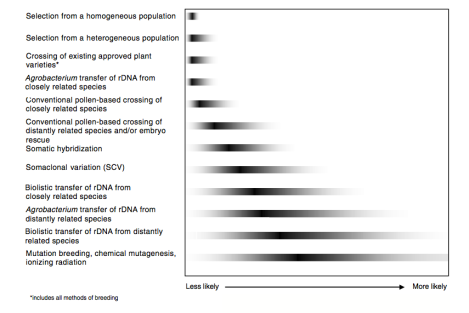
National Research CouncilRelative likelihood of unintended genetic effects associated with various methods of plant genetic modification. Click to embiggen.
Is that difference relevant?
Hard to say, but so far it probably hasn’t been relevant. Note that there is one method more likely to cause unintended changes than genetic engineering: mutagenesis. Our worries about genetic engineering (paradoxically) have led to a surge in the use of mutagenesis, and even that hasn’t led to problems. Crop scientists back-cross both mutated and genetically engineered plants, breeding them with the parent variety for generations to eliminate any unwanted changes.
What about newer forms of genetic engineering?
We’re now seeing many new plants bred for disease resistance using gene-silencing techniques, which, as you can see, isn’t included on the chart above. Others will follow. Each will have to be evaluated on its own merits.
Isn’t genetic engineering more likely to create allergens?
If you are moving genes from a plant that contains a lot of known allergens, then absolutely, you’ve got to watch out. And we do a really good job testing for this. There’s a different danger in introducing some unknown allergen — and we don’t have great ways of testing for that.
So, does the chance that novel allergens could emerge make genetic engineering dangerous?
Every immunologist I’ve talked to — including those suggested to me by activists concerned about GMO allergens — told me that the risk of novel allergens arising through genetic engineering is very low.
More nuance here.
But what about those studies suggesting that GMOs are harmful?
A couple of those do exist. It’s important to look at them carefully, with an open mind. It’s also important to do the same with the hundreds of studies suggesting that GMOs aren’t harmful. When you consider the evidence in sum, the products out there look pretty darn safe.
More nuance here.
Isn’t it possible that some subtle, unintended shift in corn DNA is causing the obesity epidemic, the rise of autoimmune disorders, autism, and Morgellons disease?
It is possible. But all the new technologies we’ve introduced, from cellphones to pesticides to SUVs, have the same association. There are a lot of other hypotheses to explain these things with actual evidence backing them up. When I spoke with scientists working on these problems, none of them thought that a connection to genetic engineering was likely. And Morgellons is caused by the tiny spider drones the CIA has been injecting under your skin.
More nuance here.
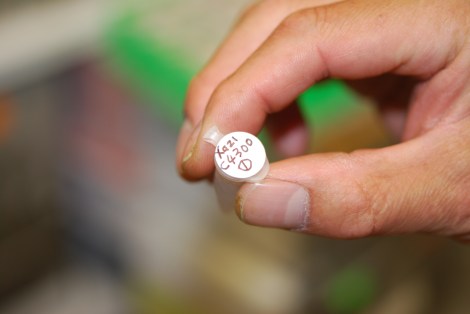
Have genetically engineered crops reduced insecticide applications?
Yes, in a big way. This advantage may evaporate as insects develop resistance (some already have). But scientists have created variations on the insect resistant crops and entomologists say that genetic engineering will continue reducing insecticides if we use it well.
More nuance here.
Haven’t the decreases in insecticides been dwarfed by increases in herbicides?
Yes. We know for sure that farmers are now using a lot more of the herbicide glyphosate. As a result, more glyphosate-resistant weeds developed. At the same time, farmers began reducing other herbicides. And if you zoom out to look at all the herbicide-resistant weeds (not just glyphosate-resistant ones), the overall rate at which they’ve developed hasn’t been changed by genetic engineering.
Caveat: Glyphosate is much less toxic to humans than most other herbicides, so you could argue that increasing glyphosate and decreasing other herbicides is good.
Caveat to the caveat: Glyphosate does its job so well that it completely eliminates weeds like milkweed from fields. That decline in biodiversity on farms threatens insects, like monarch butterflies.
More nuance here.
What about soil and carbon? Have GMOs led to carbon capture and soil preservation by facilitating an increase in no-till and low-till farming?
In South America, yes. In the United States GM seeds have helped some farmers make the transition to conservation tillage, but that hasn’t amounted to a big change.
More nuance here.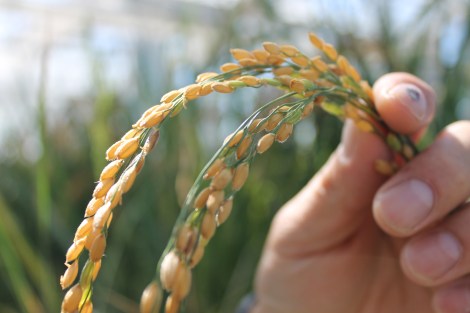
Who has profited from genetically engineered crops?
Seed companies like Monsanto have made a lot of money. Farmers have reaped some of the rewards. And eaters have benefited a little from slightly lower prices.
Aren’t there big problems caused by the fact that genetically engineered seeds are patented?
Sure. There have been all sorts of nasty lawsuits over patented seeds. Any time useful inventions are locked up, innovation slows down. It used to be that seeds were all open source, that is, farmers shared their innovations freely. But this isn’t a problem unique to genetic engineering: Conventionally bred plants can be patented, and genetic engineers can make their inventions open source.
More nuance here.
But that’s nothing, what about Monsanto forcing farmers to buy their seeds by spreading the terminator gene?
That’s just not happening. The so-called terminator gene never got off the ground. And this general technology (with the clunky name GURT) would actually be a good thing in my opinion, because it would prevent genetically engineered DNA from spreading too far.
Is genetically engineered pollen spreading into regular old plants?
Yep. And this can cause problems for organic farmers, who lose a big premium if they have too many genetically engineered seeds in their harvest. It can also cause problems when an organic farmer’s pollen spreads into a field of genetically engineered plants.
Do genetically engineered crops help or hurt poor farmers?
It’s hard to tell. In sum GMOs improve economics for farmers, but this could mean that the richest are getting much richer while the poorest get a little poorer. There are a few recent studies that have taken this into account and they suggest that even smallholders benefit from GM crops. Scientists are working on a few crops designed specifically to help the poor.
More nuance here, and here, and here.
Do we absolutely need genetically engineered crops to feed the world?
No. So far GMOs have mainly been used in animal feed and biofuels. Genetic engineering has helped minimize the amount of grain lost to insects and weeds, but it hasn’t boosted intrinsic yields.
More nuance here.
So should we label GMOs?
This is opinion, not fact, but I think so. Look, it may not make much sense to fixate on this one particular technology, but like it or not, people are fixated. Labeling removes the fear of the unknown.
More nuance here.

